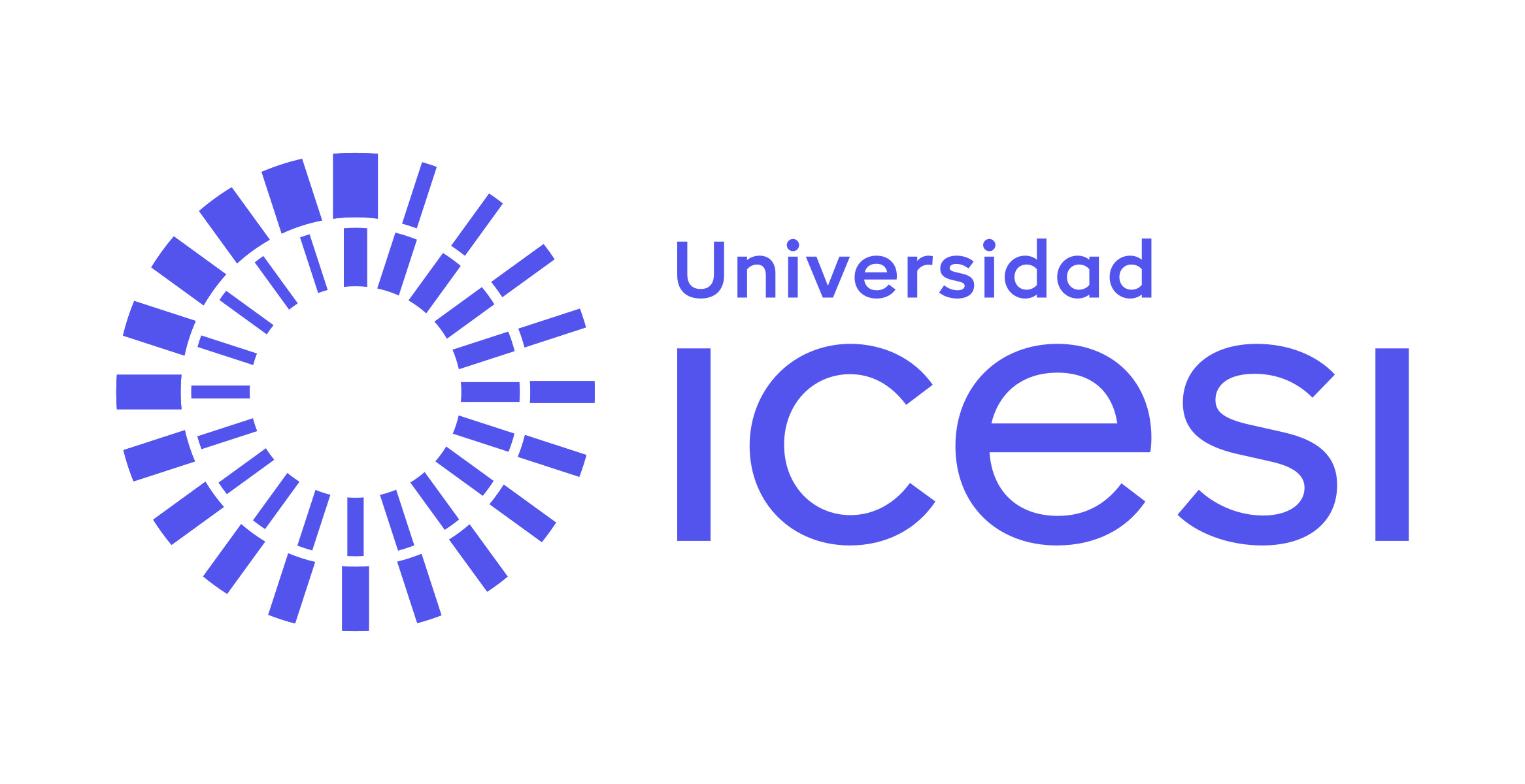Assessment transcallosal diaschisis in a model of focal cerebral ischemia in rats
Fecha
Autores
Director de tesis/Asesor
Título de la revista
ISSN de la revista
Título del volumen
Publicador
Editor
Compartir
Resumen
Objective: To evaluate transcallosal changes after a local ischemic injury in rats by using the monoclonal marker anti-NeuN (Mouse anti-neuronal nuclei). Methods: Twenty eight adult, male, Wistar rats were subjected to focal injury in the right hemisphere. The technique used was the experimental model of focal ischemic injury through intraluminal suture of the middle cerebral artery. Analyses were made for the five groups: and after the lesion (control), at 24 h, 96 h, 10 days and 20 days. Exofocal neuronal damage was inferred from neuronal immunoreactivity changes to NeuN. Results: In the cortex contralateral to the lesion, immunoreactivity was diminished. This was most notable in the supragranular layers 24 h post ischemia. After 96 h, there was a generalized diminishment of the inmmunoreactivity in supra and infragranular layers. At 10 and 20 days, the tissue recovered some NeuN immunoreactivity, but there were set changes in the VI layer. Conclusion: The immunoreactive changes to NeuN support the process of interhemispheric diaschisis. Changes in immunoreactivity could indicate metabolic stress secondary to the disruption in connectivity to the site of lesion.

